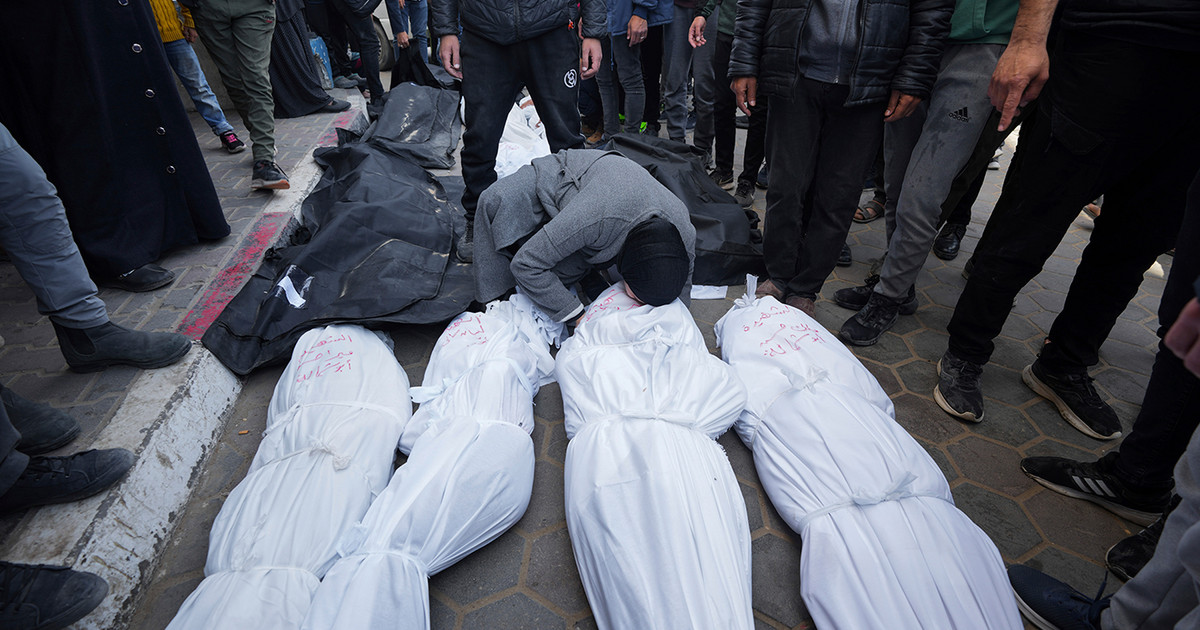More than 1.076 billion Chinese have received full cycles of Covid-19 vaccine. According to Wu Liangyou, an official with China’s National Health Commission, this means that 76.3% of the country had already been fully vaccinated as of last Friday (19);
In addition, another 65.73 million Chinese received a booster dose of the vaccine, Liangyou said.
Country tries to make Covid-19 zero policy
Since the beginning of the month, China has been battling outbreaks and trying to maintain a Covid-19 zero policy.
According to the WHO, the country registered 206 cases of Covid-19 in the week between 8 and 15 November.
The number may seem small compared to other Western countries, many of which still report tens of thousands of cases a day. But it’s considered huge for China, which has stuck to its strict “zero covid” approach, including tight border controls and long quarantines for international arrivals.
This approach – which aims to eradicate the virus completely within China’s borders – means that even a few cases are seen as a dire threat.
The ongoing outbreak began on Oct. 16 when positive cases were detected among a group of fully vaccinated Shanghai seniors traveling to northern China.
Cases quickly increased and spread to the northern provinces. The following week, National Health Commission officials warned of “several scattered local outbreaks” in the north and northwest of the country that were “rapidly expanding.”
Authorities immediately took action, following the manual that successfully contained previous outbreaks: mass tests, instantaneous locks, quarantines, travel suspensions and surveillance.
The country’s authorities have banned travel through the provinces through the affected regions. In a popular tourist destination, all residents and tourists were prohibited from leaving their homes.
The capital Beijing tightened restrictions on entry into the city and punished offenders by placing them in criminal detention.
Several cities, including Lanzhou, which reported several dozen cases, were placed under blockade, affecting millions of residents in total.
However, the virus spread quickly, raising questions about the effectiveness of the “zero Covid” policy – as well as the effectiveness of China’s emergency responses, as outbreaks arrive more often for longer periods.
The first outbreak in China’s history, at the start of the Wuhan pandemic, was largely controlled in March 2020, with cases remaining low for the rest of the year.
Although there were occasional outbreaks, they were also quickly contained. At the end of the year, a good part of daily life returned to normal, with business in operation and domestic travel resumed.
Delta variant
The year 2021 also brought the arrival of the highly infectious Delta variant, which wreaked havoc around the world.
Delta has generated severe outbreaks in many Asian countries that until then had contained the virus relatively well – including Australia, Malaysia, Bangladesh, Thailand and Vietnam.
The more contagious variant and the growing advice from international health experts that Covid-19 would likely become endemic has caused many of these countries to abandon the “zero Covid” approach and instead adapt to having to “live with Covid”.
In China, Delta’s effects are becoming clear. After its long period of relative normality, the country has seen several outbreaks in just the past few months, with little time between them to recover.
And concerns persist about the effectiveness of Chinese vaccines, especially against the Delta variant.
Vaccination in China
Nearly 2.3 billion doses had been administered as of Tuesday (2), and by the end of October 76% of the population was fully vaccinated, according to the NHC, but that hasn’t stopped the outbreaks from spreading quickly.
This summer, China experienced one of its most severe outbreaks, driven by Delta. The variant was first detected in July in the eastern city of Nanjing.
As a result, infections began to be reported in dozens of cities and spread across 16 provinces.
After the familiar routine of mass testing, lockouts, movement restrictions and mandatory quarantines, cases dropped to normal levels in late August.
Despite apparent success, the summer outbreak took longer to contain than previous outbreaks – and it spread much faster between cities.
Residents and authorities had just a few weeks to catch their breath before another outbreak erupted in September in Fujian province.
This time, images of the government’s strict containment measures – including the separation of four-year-olds from their parents during quarantine – have raised international concern and criticism.
New outbreaks of Covid-19 infection are recurrent
On September 29, health authorities declared that the Fujian outbreak had been brought under control. However, less than three weeks later, the current outbreak emerged.
Despite the increasing frequency and duration of its outbreaks, China shows no signs of changing its strategy – even as it prepares for two high-profile events: a crucial meeting of Communist Party elites next week after the Winter Olympics in Beijing next February.
“Given the continuing outbreaks of Covid-19, health experts believe China cannot abandon its zero tolerance approach for now,” said a Global Times editorial on Wednesday, warning that “suspending tight controls would lead to a catastrophic outcome ”.
* With information from Reuters and Jessie Yeung.
(Published by Kaluan Bernardo)
Reference: CNN Brasil






